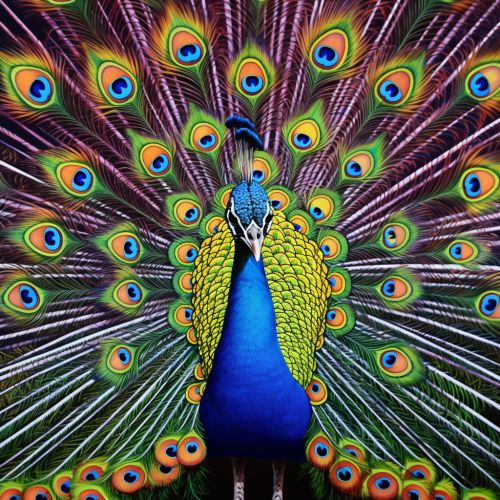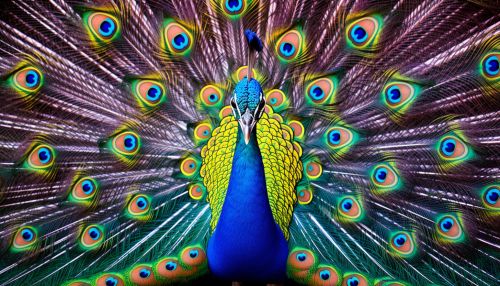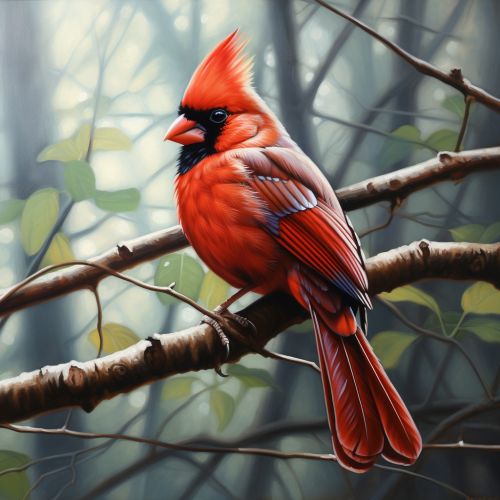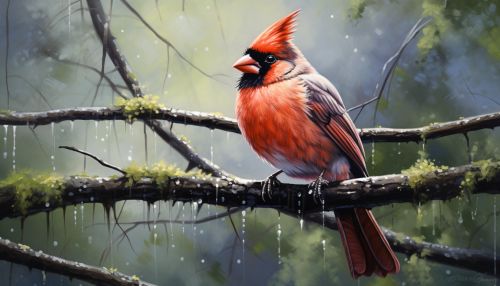Sexual Selection in Birds
Introduction
Sexual selection in birds is a concept within the field of evolutionary biology that explains how certain traits in birds have evolved due to mating preferences. This form of selection is a mode of natural selection, where members of one sex (usually females) have a preference for certain characteristics in individuals of the opposite sex. These characteristics can include physical attributes, behaviors, or other traits that may not necessarily contribute to survival, but instead enhance reproductive success.


Mechanisms of Sexual Selection
Sexual selection in birds operates through two primary mechanisms: intersexual selection and intrasexual selection.
Intersexual Selection
Intersexual selection, also known as mate choice, occurs when individuals of one sex (typically females) choose mates based on certain desirable traits. This form of selection often leads to the evolution of elaborate physical traits or complex behaviors in males, as they seek to attract females and secure mating opportunities. Examples of traits influenced by intersexual selection include the vibrant plumage of male peacocks and the complex songs of male songbirds.
Intrasexual Selection
Intrasexual selection, on the other hand, involves competition between members of the same sex (usually males) for access to mates. This form of selection can lead to the evolution of traits that enhance fighting ability or dominance, such as the large size and powerful beaks of male eagles or the sharp spurs of male pheasants.
Sexual Dimorphism and Secondary Sexual Characteristics
Sexual selection often leads to the evolution of sexual dimorphism, where males and females of a species exhibit different physical characteristics beyond the differences in their sexual organs. These differences can include size, coloration, and the presence of structures used in mating displays or combat. These traits, known as secondary sexual characteristics, are often more pronounced in males due to the intense selective pressures they face in securing mates.


Costs and Benefits of Sexual Selection
While sexual selection can lead to the evolution of impressive traits, it also comes with costs. For instance, the bright colors and large size that make males more attractive to females or more intimidating to rivals can also make them more visible to predators. This is known as the cost of sexual selection.
On the other hand, sexual selection can also have benefits. By choosing mates with desirable traits, females can ensure that their offspring inherit these traits, increasing their chances of reproductive success. This is known as the benefit of sexual selection.
Examples of Sexual Selection in Birds
There are many examples of sexual selection in birds, from the elaborate courtship dances of birds of paradise to the impressive size and strength of male raptors. These examples illustrate the power of sexual selection in shaping the evolution of bird species.
Peacocks
Perhaps the most famous example of sexual selection in birds is the peacock. Male peacocks have evolved elaborate, brightly colored tail feathers that they display in a fan-like formation during courtship displays. Despite the fact that these feathers make males more visible to predators, they are favored by female peacocks, leading to their persistence in the population.
Birds of Paradise
Birds of paradise are another striking example of sexual selection. Male birds of paradise have evolved a wide range of elaborate plumage and complex courtship dances to attract females. Each species has its own unique display, demonstrating the power of sexual selection in driving speciation.
